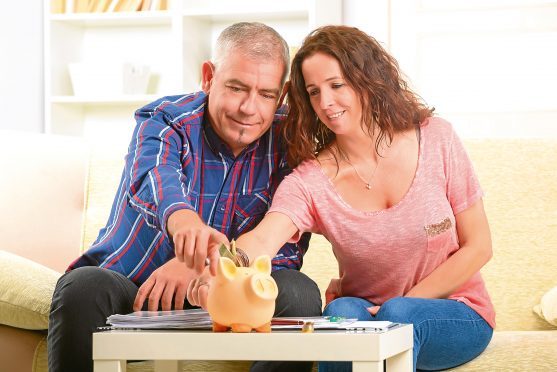For many people, tax planning is something other people do and the truth is it can be hard to see the immediate benefits and rewards of doing it.
But if you have savings or are planning to save, or have a source of income, then tax planning is for you.
But this isn’t about the Panama Papers or any of the other sensational stories you may have seen about celebrities and tax havens. It is simply about managing your financial affairs efficiently and in a way the UK Government is actively encouraging you to do.
Two of the most popular ways to pay less tax are individual savings accounts (Isas) and pensions.
If you’re starting to think about saving or investing, even in a small way, an Isa could be the very place to start.
An Isa is a “tax efficient wrapper” that can be put around a range of different investments, with two of the most common accounts being a cash Isa and a stocks and shares Isa. Essentially, you have a £20,000 allowance whichever type of Isa you use and whether you’re a basic rate taxpayer or a higher rate taxpayer you will benefit by not having to pay the full amount of tax on your savings.
For those who have considered investing in the stock market but have been slightly nervous about doing so directly, a stocks and shares Isa may well be a way to dip your toe in the water.
You either invest lump sums or make regular monthly payments.
Two key benefits of investing in the stock market in this way are that you don’t pay income tax on the income from your stocks and shares, and you don’t pay capital gains tax on the growth of the Isa. Remember, your allowance is annual, so use it or lose it.
So that’s the savings taken care of. What about your pension?
Well, if you’re over 22, not self-employed and earning more than £10,000 a year, you will, hopefully, have a workplace pension.
This year, most people will be paying around 1% of their pay into their pension, with their employer matching this.
In reality, you’re only paying 0.8% of your salary as the government pays the other 0.2%.
From April 2019, your contribution rises to 3% and employers will pay 2%. While this means slightly less in your pay packet, don’t be tempted to stop the pension as you’re getting something for nothing.
These are important decisions for your future and it’s wise to seek the right guidance. But remember, the government is giving money away and wants you to take it. It would be rude not to.
